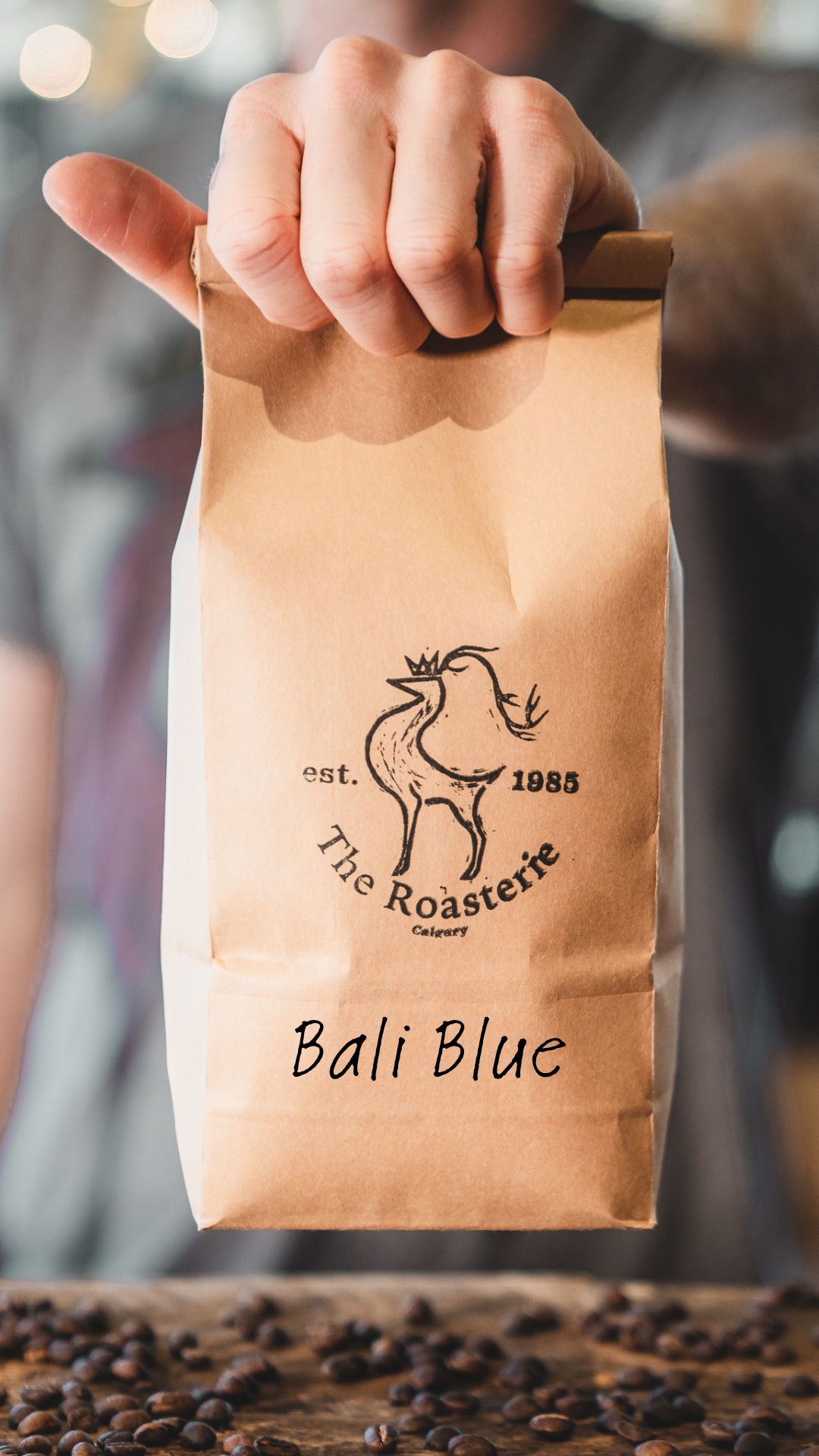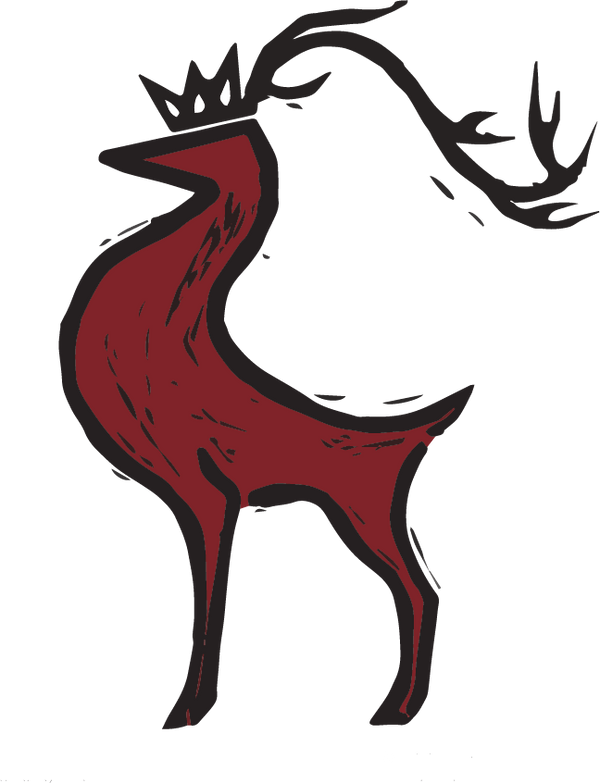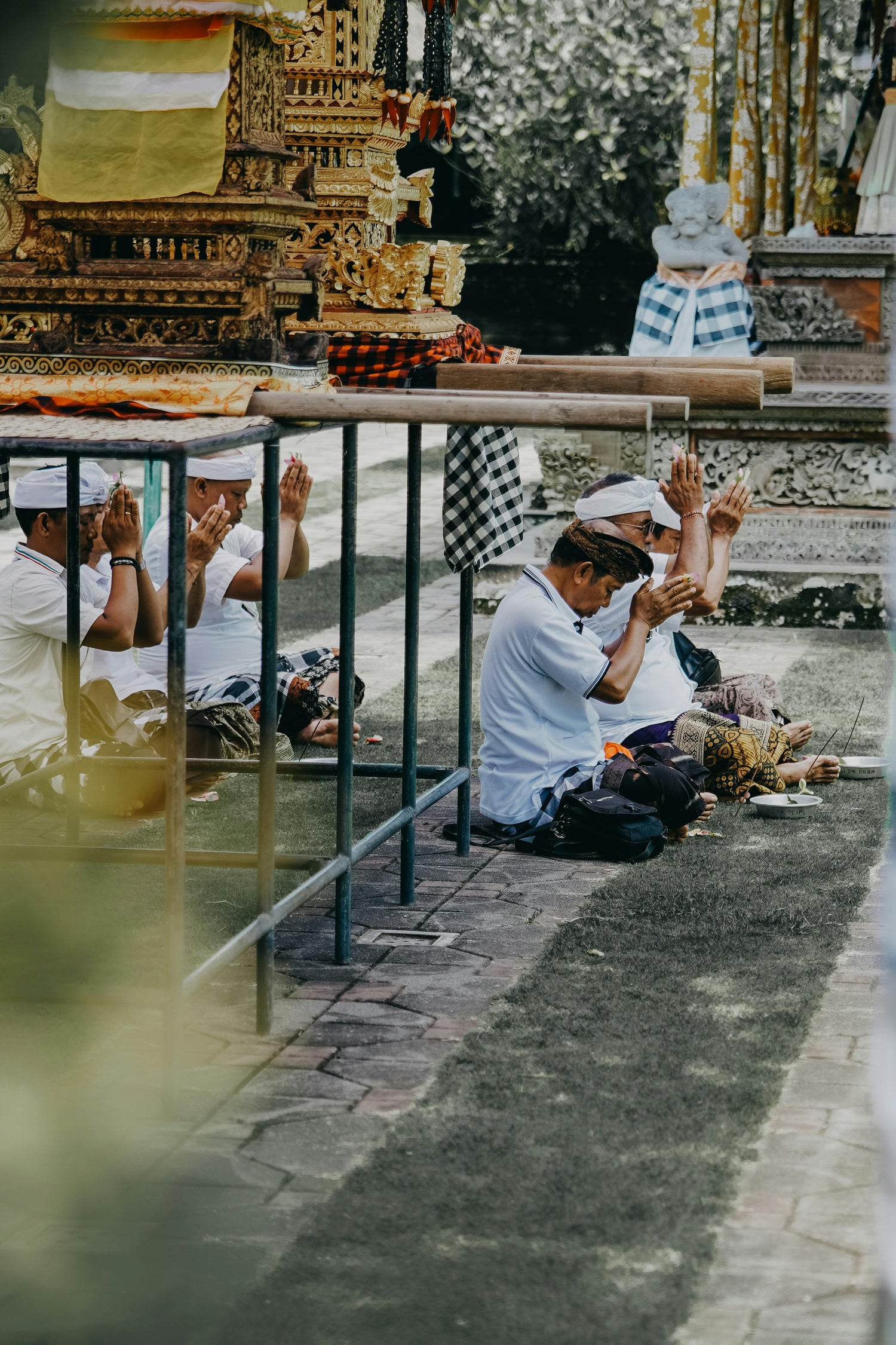
Bali Blue
We brought in a new one: Bali Blue. And no, it’s not named after the colour of the beans. They’re just green, like every other green coffee. Let’s move on.
What is worth talking about is where it comes from, how it’s grown, and why it tastes like that moment when you reach the summit of Ha Ling Peak — that feeling of accomplishment and clarity, when the view is unreal, and the air feels like it’s got more depth to it.
Kintamani, Bali: Volcanic Soil and Small Farms
Up in the Kintamani Highlands of Bali, coffee grows on the slopes of old volcanoes, tucked between citrus trees and under shade. It’s not grown on giant industrial plots. Most farms are tiny — smallholder-level — and worked by families that have been doing this for generations.
The growing system they use is called Subak Abian, which is a co-op model rooted in Balinese Hindu philosophy. It’s not a greenwashing gimmick — it’s how they’ve always done it. Farming is tied to religion, land stewardship, and community. Fertilizer? Organic. Pesticides? Not a thing.
The result is clean land, healthy plants, and beans that pick up a lot from their surroundings.
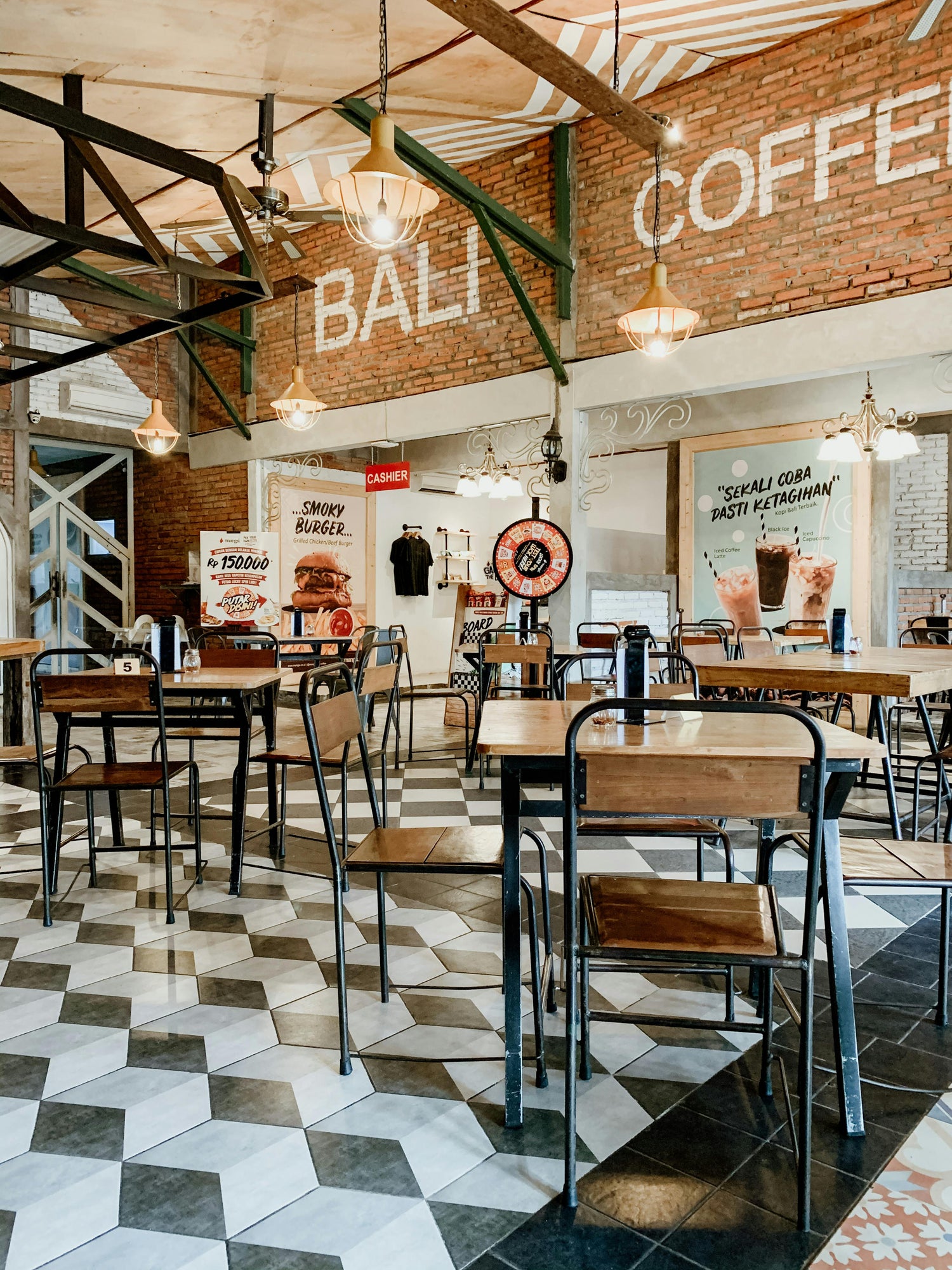
Processing: Giling Basah (Wet Hulling)
This part’s important if you care about how your coffee tastes.
Bali Blue is processed using wet hulling, known locally as giling basah. It’s not the same as washed or natural. The short version: the beans are hulled while they’re still pretty moist — way earlier than usual. After that, they finish drying in the open air.
This process changes the flavour and texture of the beans. It’s what gives Indonesian coffees their signature depth and body. The cup ends up heavier, richer, and more complex — with less brightness and more of that low-key molasses feel.
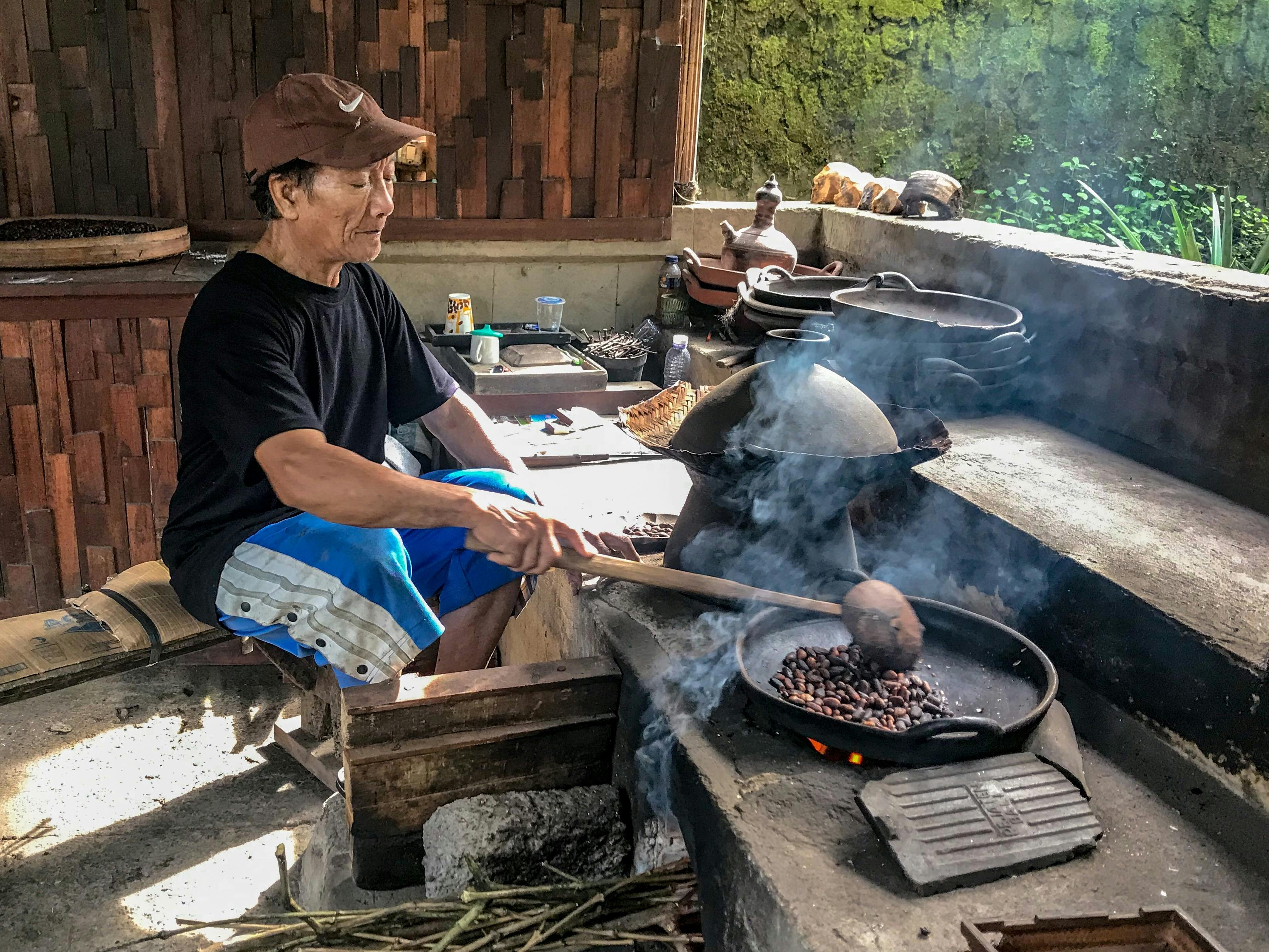
What It Tastes Like
Think molasses or dark honey. Maybe dried fruit if you’re being generous.
Low. It won’t bite.
Cocoa, dark cherry, a warm spice thing (think clove or cinnamon without being all pumpkin spice about it)
If you drink coffee for sparkle and floral notes, walk away. This one’s for the people who like a solid, round, comforting cup — with actual flavour.
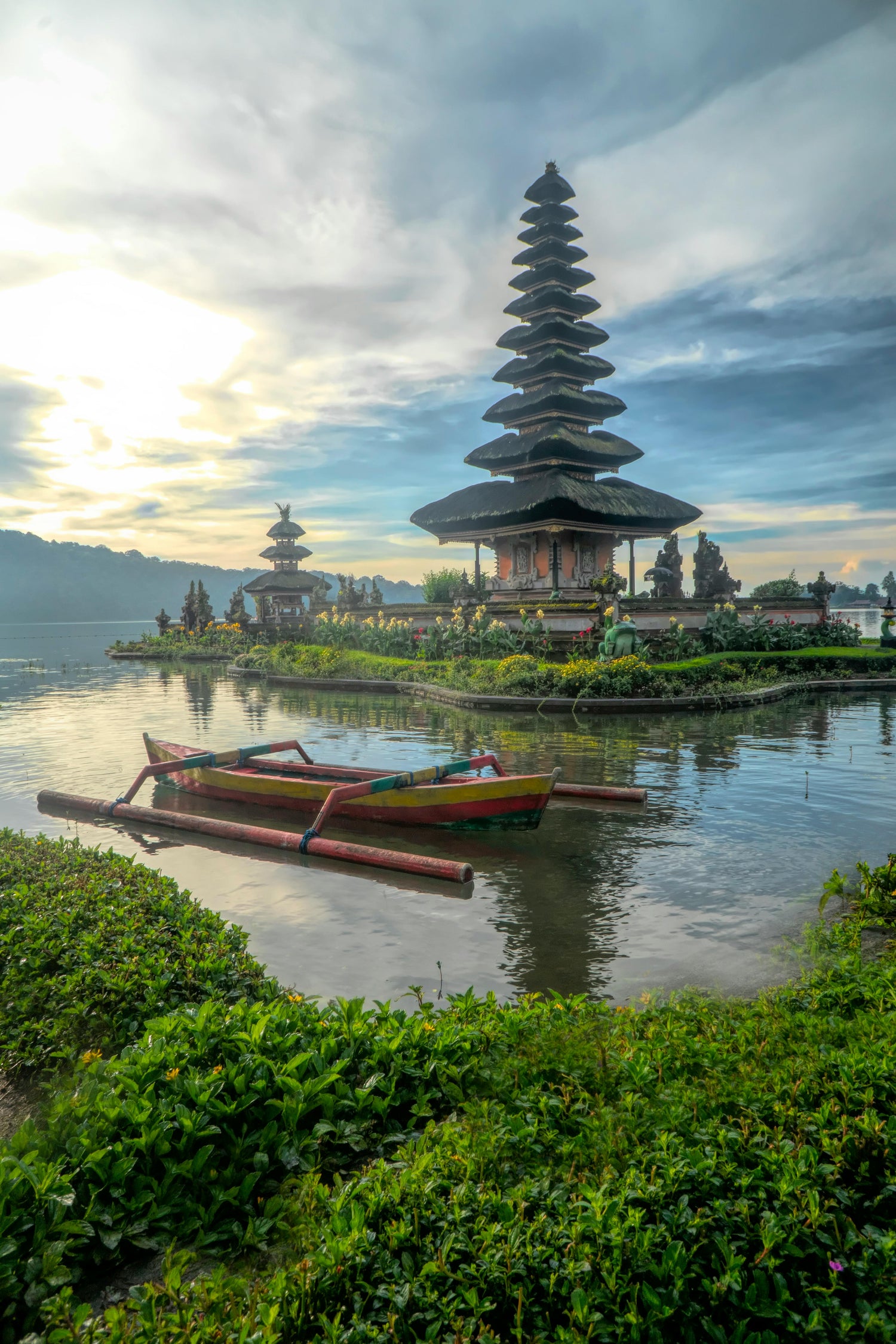
The Roaster’s Side
This coffee needs attention in the roaster. It reacts fast. The structure is a bit unpredictable because of the wet hulling — moisture content isn't what you’re used to.
We roast in small batches and stretch out the Maillard stage — that’s the part of the roast after the beans turn yellow, but before they hit the first crack. It’s where the magic happens.
Here’s what that means:
The Maillard stage is when the sugars and amino acids in the beans start reacting with each other. This is what creates most of the flavour and aroma — things like chocolate, caramel, toast, spice. Rush through it, and the coffee tastes sour, grassy, or flat. Drag it out too long, and it dulls. You want just enough time to build body and sweetness, without burning off the nuance.
First crack is when the beans audibly pop as internal pressure releases. It’s the turning point. After that, every second shapes how the cup finishes. Too far, and it gets bitter. Too short, and it can taste underdone. Bali Blue likes a tight window — and we dial it in batch by batch.
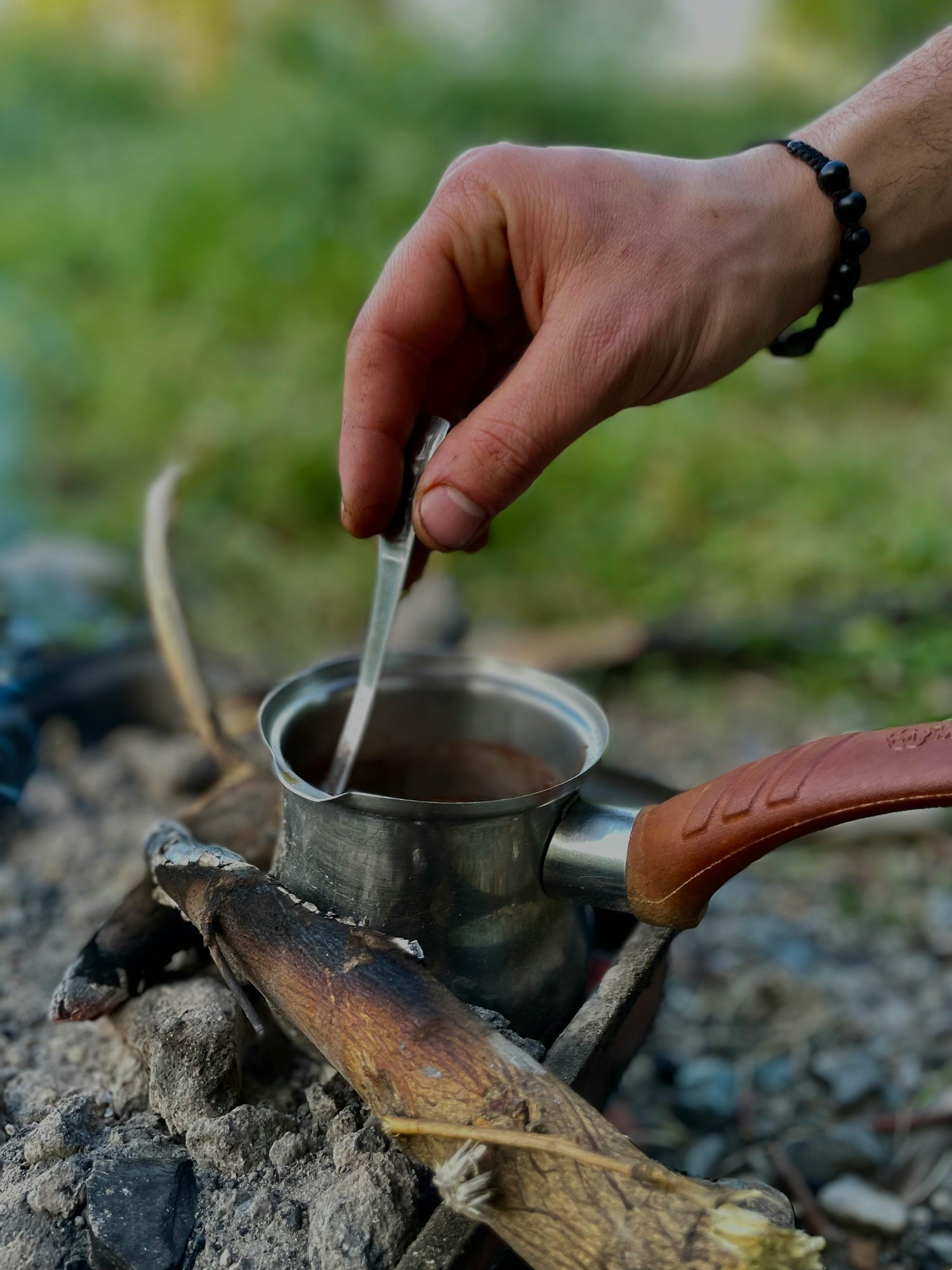
The Bigger Picture: Coffee in Bali
Coffee in Bali hasn’t always had global attention — a lot of it stayed local. But the last decade changed things. Farmers are sticking with their traditional methods, but younger roasters and café owners are showing up with serious gear and a better understanding of how to showcase what they’ve got.
Bali’s café scene isn’t just surfer spots with Wi-Fi and cold brew anymore. It’s grown up.
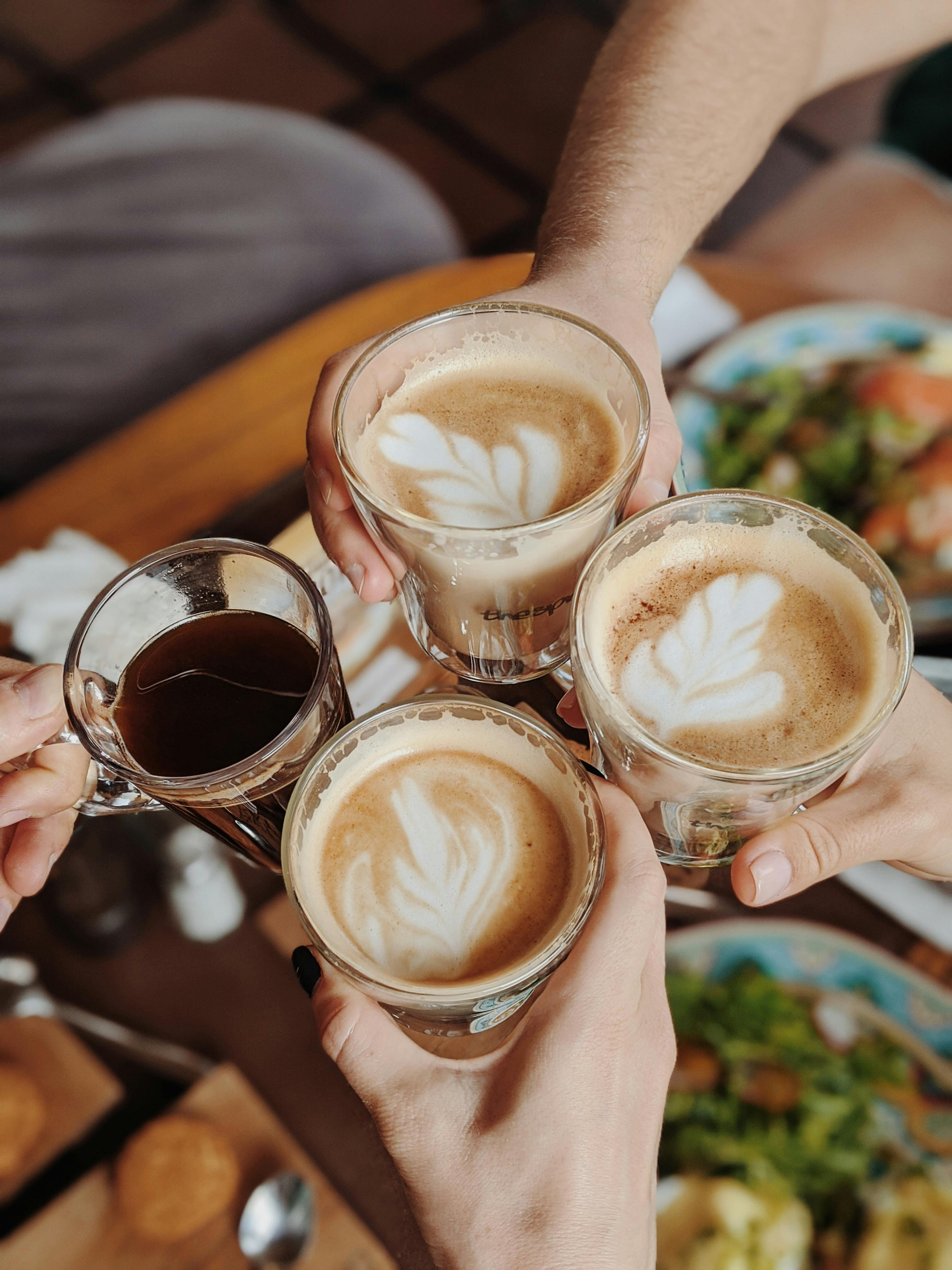
How cool is this coffee?
This coffee is smooth without being boring. It doesn’t try too hard. It’s got texture, a bit of mystery, and it holds its own whether you drink it black or add some milk.It’s not trying to be wild or experimental. It’s just a well-grown, well-processed coffee from a place that knows what it’s doing — even if the rest of the world hasn’t been paying close enough attention. Grab your bag today.
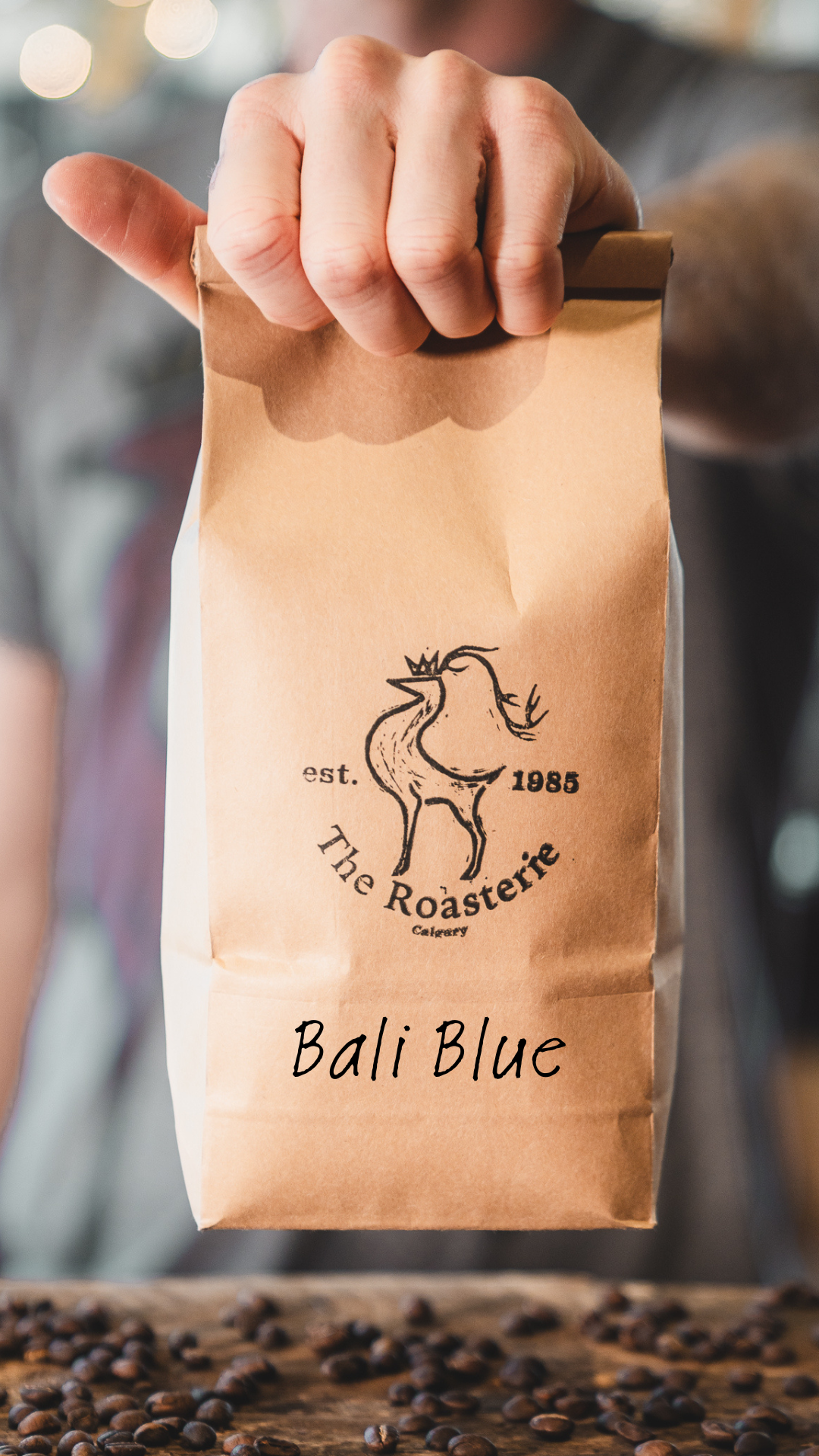
theroasterie.com
Bali Blue
Share
